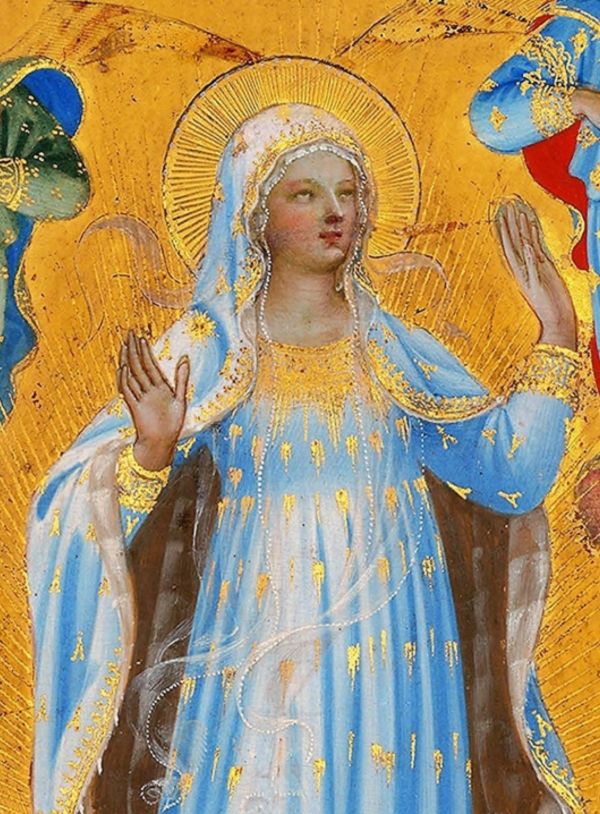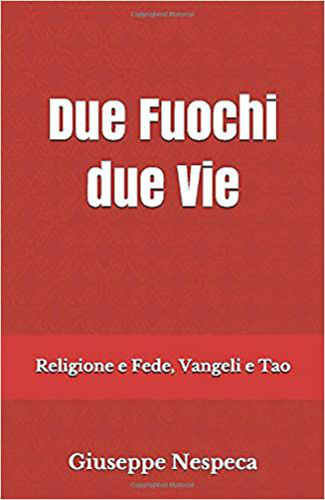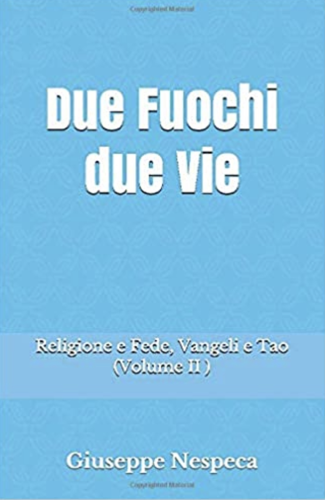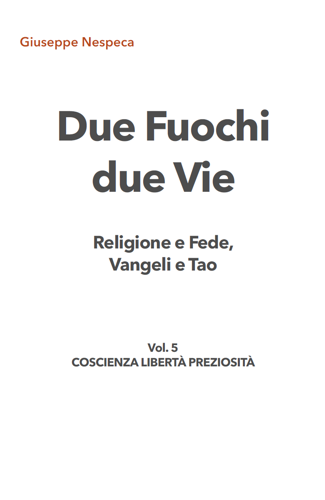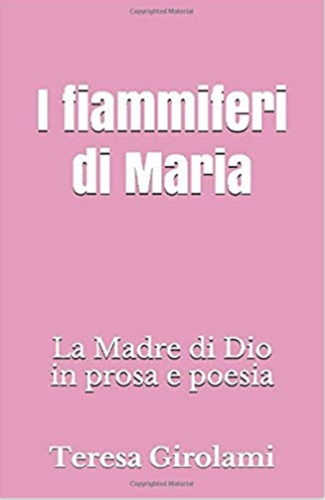Solemnity of the Assumption of Mary (15 August 2024)
1. In the heart of summer, the liturgy invites us to celebrate the Virgin Mary assumed into heaven, a sign of consolation and sure hope for all. It was Pope Pius XII, on 1 November in the Holy Year of 1950, who declared as dogma (i.e. truth of faith) the Assumption of Mary to heavenly glory in body and soul. Today's Gospel of Luke presents Mary as the one who is blessed because she believed. To Elizabeth's greeting, "To what do I owe that the mother of my Lord should come to me?" she responds with her silence, which eventually expands into the singing of the Magnificat. In her place, Jesus in gestation within her speaks mysteriously, causing John the Baptist to leap for joy in the womb of the elderly Elizabeth. Here is Mary, the Ark of the new covenant, the first itinerant tabernacle of the Eucharist in the history of humanity, a model of evangelisation: proclaiming the gospel without the need for words, carrying Christ in one's heart. Among Muslims, Saint Charles de Foucauld chose the icon of the Visitation as a reference for his mission as a little brother to all. He wanted to be like Mary in constant adoration of the Eucharist and listening to the needs of the people first at Beni-Abbès, on the border between Algeria and Morocco, and then at Tamanrasset among the Tuaregs of the Sahara desert. The Ark of the new covenant, Mary continues to walk today and enters our homes as the Ark of the covenant did in the Old Testament when it was taken from Jerusalem to the hills of Judea and entered the house of Obed Edom for three months, bringing joy there (2 S 6:11-12). The prayer, the Magnificat canticle with which she responds to Elizabeth, is a sylloge of many small fragments of biblical texts and psalms. She did not want to invent her own prayer, but took up various expressions of her ancestors in faith, thus embodying her prayer in the life of humanity. Mary, a humble and believing woman, offers us a valuable lesson: in this very difficult time for humanity where God is being provoked with every offence and a war is being risked that could create the self-destruction of humanity, we must go back to silencing so much controversy and so many debates and clashes. We must take responsibility for what we say and do, knowing that we are part of the same humanity and for better or for worse we touch the lives of all. The believer cannot forget that every vocation, even in the plurality of differences, makes us servants of the one people called to face a hard fight against the powers of evil in every age.
2. This war without frontlines is referred to in the first reading, taken from the book of Revelation, which sees as the victor the "Woman clothed with the sun, with the moon under her feet and on her head a crown of twelve stars", accompanied by other symbolic images: the Ark of the covenant, the dragon and the newborn child. The Ark of the Covenant, as already mentioned, is a reference to the golden wooden Ark that accompanied God's people during the exodus to Sinai. When John writes the Revelation, the Ark of the Covenant had already been lost for many years during the Babylonian exile and everyone thought that the prophet Jeremiah had hidden it in a secret place on Mount Nebo (2 M 2:8) and it would reappear at the arrival of the Messiah. If John describes her as having been found, it means that the promise has now been fulfilled, God's covenant with humanity has been definitively realised through the birth of the Messiah (Rev 11:19). The "Woman clothed with the sun" is pregnant and "cries out in labour pains". The Woman is the image of the chosen people within which the Messiah is born, a painful birth because it is a people marked by suffering, divisions and persecutions. With the advent of Jesus, it was not difficult for the first Christians to associate in the Woman of the Apocalypse the call to the Church, new Israel, and to Mary, the Mother of the Saviour. Before the Woman stands "a red dragon with seven heads and ten horns and on its heads seven diadems" to devour her newborn son, a striking symbol of the forces of evil unleashed against God's plan. Its head and horns indicate the intelligence and violence of Satan's power to destroy humanity. The dragon seems to prevail because it shoots down a third of the stars in the sky to plunge them to earth, an eloquent parable of the travails of a universe never at peace. Despite its power, however, it succeeds in knocking down only a third of the stars. It is therefore an illusory victory and the message is clear: the power of evil is provisional and it will be the newborn child destined to rule all nations that will bring it down for good. Everyone recognises in this newborn child, triumphant over the satanic powers, the Messiah since there are clear references in Revelation to the psalms that foresaw his coming: "The Lord has said to me: You are my son, I have begotten you today. Ask me and I will give thee the nations as an inheritance, and in thy dominion the far-off lands. You shall break them with scepter of iron, like pots of clay you shall shatter them." (Ps 2:7-9). Moreover, in the rapture of the newborn child is symbolised the resurrection of the risen Christ, victor over death and seated at the right hand of the Father. The Messiah is joined by the reference to Mary, the Immaculate Virgin Mother, always represented in the act of crushing the head of the serpent-dragon, who having failed in heaven will not succeed on earth either. How then can one fail to love Mary by entering into her Immaculate Heart, the "safe refuge of souls"?
3. Mary is the support of our hope because she is the Woman of faith who accepted God's plan without fully understanding, indeed a sword pierced her soul as old Simeon had foretold (Lk 2:35). The tradition of the Church from the beginning has inseparably associated her with Jesus, the unsurpassable model of total adherence to God's will. Indeed, he himself teaches us with the prayer of the 'Our Father' to abandon ourselves fearlessly into the arms of the heavenly Father, saying with our lives: 'Thy will be done'. Mary, like all of us, knew toil, pain and death; by a special privilege, however, death was for her a falling asleep, thus entering into glory in God. By contemplating her we can understand what awaited mankind if our forefathers had not committed the first sin that condemned us to the sufferings of death. In the light of Mary we can therefore affirm two truths: Our body, because of original sin, is subject to the labours, suffering and death that decompose our mortal being. Mary assumed into heaven assures us, however, that if death has entered because of sin, God can transform it and give us back immortal life as a gift. This is the message of today's Feast of the Assumption, an occasion to reflect, pray and trust in God's mercy that in Mary shows us the victory of love over hate and of life over death. Let us pause to contemplate Mary with this prayer of St Bernard: "Whoever you are, you who feel that in the flux of this world you are swaying between gales and storms instead of walking securely on the earth, do not avert your eyes from the splendour of this star, if you do not want to be overwhelmed by storms! If the winds of temptation rise, if you come upon the rocks of tribulation, look to the star, call upon Mary. If you are buffeted by the waves of pride, ambition, slander, jealousy, look to the star, call upon Mary. If wrath or avarice or the lure of the flesh have shaken the ship of your soul, look to Mary. If troubled by the enormity of sins, confused by the unworthiness of conscience, frightened by the horror of judgement, you begin to be engulfed in the abyss of sadness, in the abyss of despair, think of Mary. In dangers, in anxieties, in uncertainties, think of Mary, invoke Mary. Do not turn away from your mouth, do not turn away from your heart. And to obtain the suffrage of her prayer, do not abandon the example of her life gathered in God. Following Her you do not go astray, praying to Her you do not despair, thinking of Her you do not err. If she holds you, you do not fall; if she protects you, you do not fear; if she guides you, you do not grow weary; if she gives you her favour, you reach your goal, and so you experience for yourself how rightly it has been said: "And the Virgin's name was Mary" (In laudibus Virginis Matris II, 17).
+ Giovanni D’Ercole



